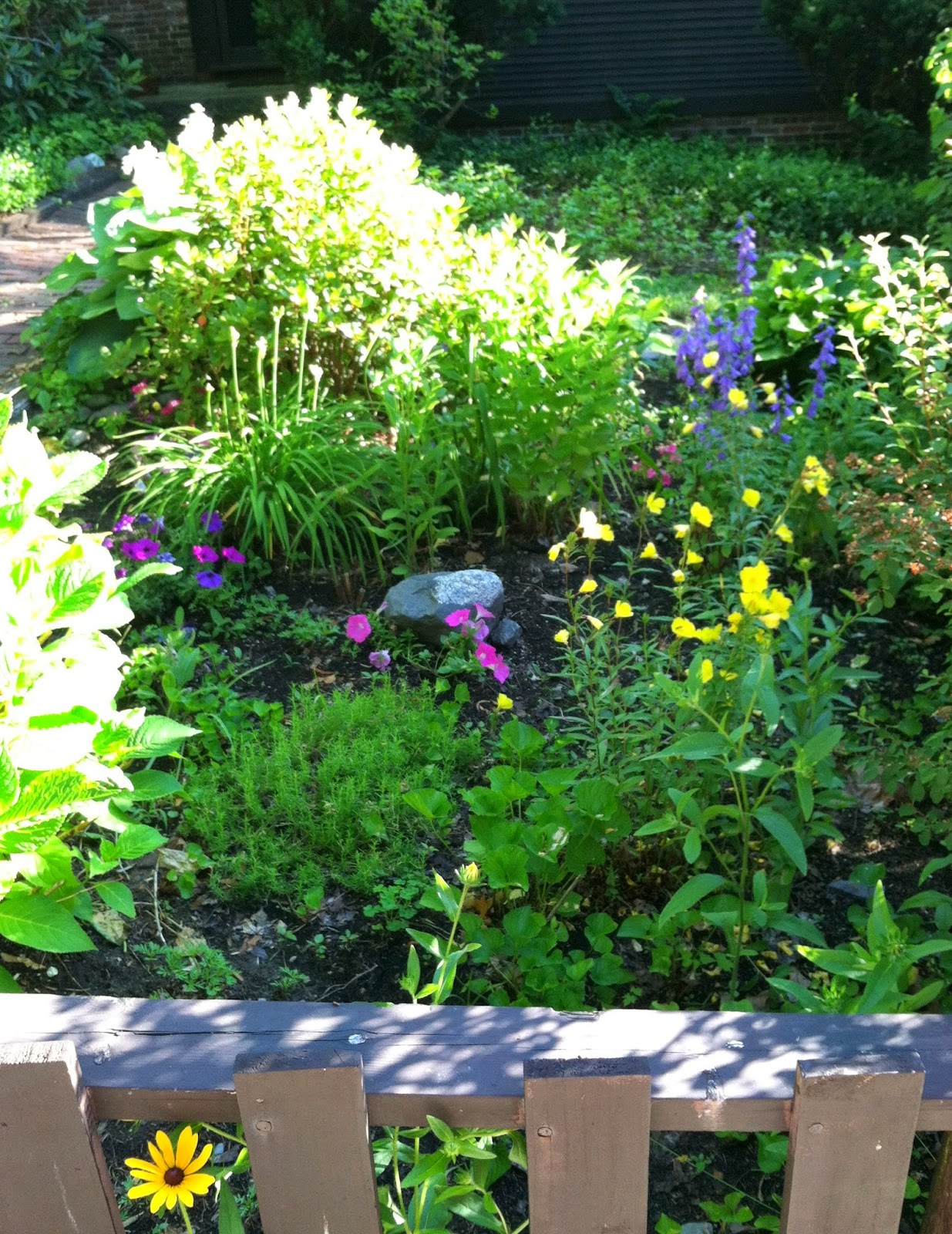 Why invite a stranger, or for
that matter a friend, into the written labyrinth of your story? Why undress the
question ‘who am I?’ in public view?
Why invite a stranger, or for
that matter a friend, into the written labyrinth of your story? Why undress the
question ‘who am I?’ in public view?
Unlike the streaming of a
journal, a memoir is more like a pond. Elliptical. Still. Final. Like a book of
photographs, a memoir captures not the day to day facts but the images of a
life. Writes, film writer, Robert Mckee in his book “STORY, Substance,
Structure, Style, and The Principles of Screenwriting,” the truth of the story,
“is located behind, beyond, inside, below the surface of things, holding
reality together or tearing it apart, and cannot be directly observed.”
In the writing of my memoir, I
set out to follow James Baldwin’s standard of relentlessly forcing from one’s
experience, “the last drop, sweet or bitter, it can possibly give.” My
intention was to bear my soul. To tell my truth.
But to be a psychoanalyst who is
married to a former patient and to tell that story not as an apology, nor even
as a minimalist, but as a love story and a celebration complete with all the
mutual madness and trauma and need that was located “behind, beyond, inside,
below the surface…” leaves one, to say the least, out on a limb.
When you finish and publish a
memoir you don’t finish your life. You do learn new things about yourself and
about others. Though I have been brought to my knees, not for a second do I
regret writing this book. I am learning more about trust and truth. About fear
and courage and how much I have of both. When you put a memoir out into the
world it is not yours anymore. It becomes a mirror for the projections of
others. But it is not that simple.
To write one’s truth in the
silent morning does not prepare one to bear the protest from those pushed too
far in it’s telling.
Breaking the rules, said Herbie
Hancock in one of his recent Harvard Norton Series lectures on “The Ethics of
Jazz”, is something we associate with individuals who have taken the collective
to another level. He noted Martin Luther King, Mandela, Rosa Parks, Harvey
Milk, Miles Davis as individuals who have pushed others into a consciousness of
something outside their comfort zone. To those unseen others who have broken
rules not to harm but to remain true to their highest moral authority he
offered encouragement.
Hancock referred to breaking the
rules responsibly. Jung would add, out of “the torment of ethical decision.”
With as much consciousness as one can bear.
When you put a memoir out into
the world it becomes your mirror. You get to see where your courage fails you.
In the nakedness of
vulnerability, stripped of persona, where we are all simply human beings trying
to do our best, Herbie Hancock, a great human being, reminds me, “You do not
need to like everyone, but you do need to love them.”
Where do you find your moral
authority? And why?









